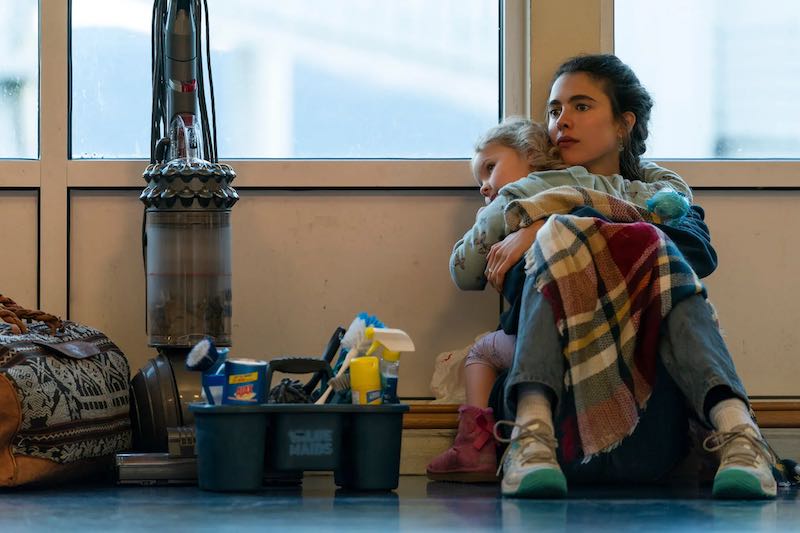
Yikes. Family caregivers in the U.S. spend around a quarter of their income on care costs, yet financial strain shows up in only about 7% of care-related storylines on TV.
Caregivers and viewers crave stories that authentically grapple with the real-life stresses of paying for care. Get those folks to rave about your show. It doesn’t get more relatable than this!
Story Sparks:
- Maeve is an only child who supports her aging mother Evelyn as well as her own children. Maeve has been dipping into her retirement savings (and paying the penalties) to help provide her mom with the round-the-clock care she needs. IRA’s don’t take IOU’s.
- Luna and Mia try to figure out how to pay for some significant modifications in order to make their home more accessible for their disabled child Jaime. And apparently, hoping to get on a reboot of Extreme Makeover: Home Edition isn’t a viable strategy!
- Fang and Jian have a child Lei whose daycare is raising their rate due to inflation. They have to figure out if it’s cost-effective for them both to continue working. The answer will determine if this is a family drama or a workplace sitcom.
AN INTERSECTIONAL LENS:
Stories can help show that care challenges are not experienced equally across groups. For example, Latine and Black caregivers spend, respectively, 44% and 34% of their incomes providing care, whereas white caregivers spend only 14%. That’s 3x as much for, let’s be real, probably 3x worse care.
A quick note: scenarios described here are generalized from information that Caring Across Generations has collected through focus groups, polling, and other research. They are generalized scenarios and are not any one individual’s story, and they are not meant to be comprehensive of all experiences having to do with care. This resource is intended to illuminate new storytelling opportunities that also contribute to a more authentic and holistic representation of care on screen.
